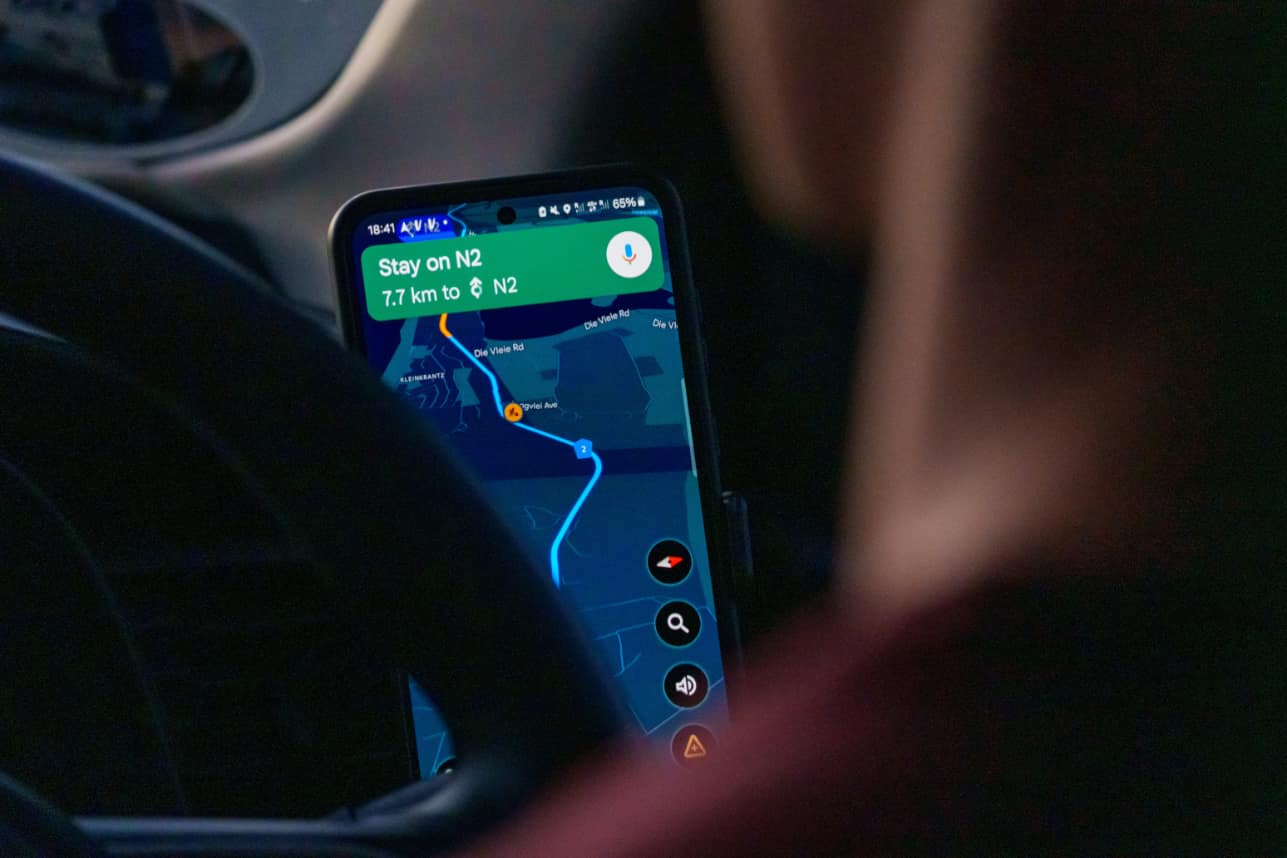Comparing Navigation Apps for Couriers: Google Maps vs Apple Maps vs Waze vs Droppath
- Authors

- Pierre-Luc Beaudoin
- pierre-luc@suzero.tech
- pierre-luc@suzero.tech

Why Standard Navigation Apps Fall Short for Couriers #
When you’re delivering packages or making service calls all day, your navigation app becomes your most critical tool. While apps like Google Maps, Apple Maps, and Waze excel at getting you from point A to point B, they weren’t designed for the unique demands of courier work. Here’s what you need to know.
The 10-Stop Limitation #
All three major navigation apps—Google Maps, Apple Maps, and Waze—share a fundamental limitation: they struggle with more than 10 stops. Google Maps allows up to 10 waypoints, Apple Maps supports a similar number, and Waze isn’t built for multi-stop optimization at all.
For a courier handling 30, 50, or even 100 deliveries per day, this limitation is a dealbreaker. You’d need to manually split your route into multiple segments, losing precious time and the ability to see your entire day at once. Learn more about how route optimization works and how to optimize your driving route for maximum efficiency.
Missing Essential Courier Features #
Beyond the stop limit, these consumer navigation apps lack features that professional drivers rely on daily:
No Time Windows #
If you have a delivery that must arrive between 2 PM and 4 PM, Google Maps won’t help you plan around it. The app treats every stop equally, with no way to specify time constraints or priority deliveries. This means you’re manually juggling your schedule in your head while driving.
No Visual Organization #
When you’re managing dozens of stops, visual organization becomes critical. Need to see which stops are residential vs commercial at a glance? Want to mark priority deliveries in red? These consumer apps don’t offer custom marker colors or visual categorization, making it harder to plan your approach.
No Curbside Optimization #
Here’s a detail that might seem small but adds up: these apps don’t optimize for which side of the street you’ll park on. Professional couriers know that always approaching from the correct side of the street saves time and reduces dangerous U-turns. It’s a feature you don’t think about until you have it—then you can’t live without it.
Progress Tracking That Actually Works #
Unlike the consumer navigation apps that simply provide turn-by-turn directions, Droppath lets you mark each stop as successful or failed as you go. This real-time progress tracking gives you instant visibility into your completion rate throughout the day. Failed deliveries—whether due to wrong addresses, customer unavailability, or access issues—can be easily flagged and revisited later, or exported for follow-up. This feature alone eliminates the need for paper manifests or separate tracking apps that many couriers are forced to use with standard navigation tools.
The difference shows in the numbers. Couriers using route optimization apps report completing 20-30% more deliveries per day compared to using standard navigation apps, simply by eliminating inefficient routing and wasted backtracking. Check out our guide on 5 benefits of using a driving route optimization app.
Enter Purpose-Built Route Optimization #
This is where Droppath changes the game. Built specifically for delivery drivers, couriers, and field service workers, Droppath handles up to 500 stops per route with intelligent optimization that considers:
- Time windows and priorities: Schedule deliveries with specific arrival times
- Custom marker colors: Organize stops visually by type, priority, or any category you choose
- Curbside optimization: Approach addresses from the most efficient side of the street
- Multiple route types: Optimize for car, truck, or bicycle routing
- Flexible import options: Add stops via CSV import, barcode scanning, or paste lists from your dispatch system
The Bottom Line #
Google Maps, Apple Maps, and Waze are excellent free tools for personal navigation and finding local businesses. But when your livelihood depends on efficient multi-stop routing, the limitations become costly. Purpose-built route planning apps like Droppath pay for themselves quickly by helping you complete more deliveries, save on fuel, and get home sooner.
For professional couriers, the choice is clear: invest in tools designed for your workflow, not consumer apps adapted to it.


 Download for iOS
Download for iOS Download for Android
Download for Android